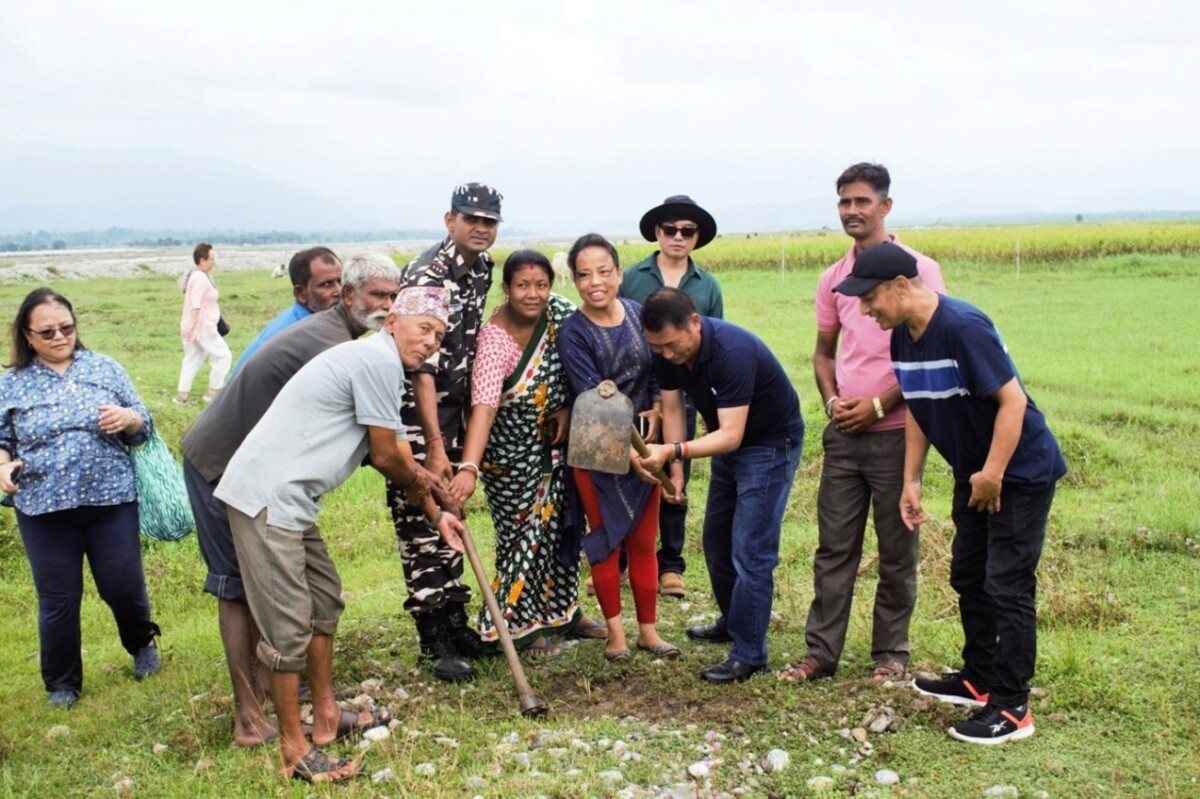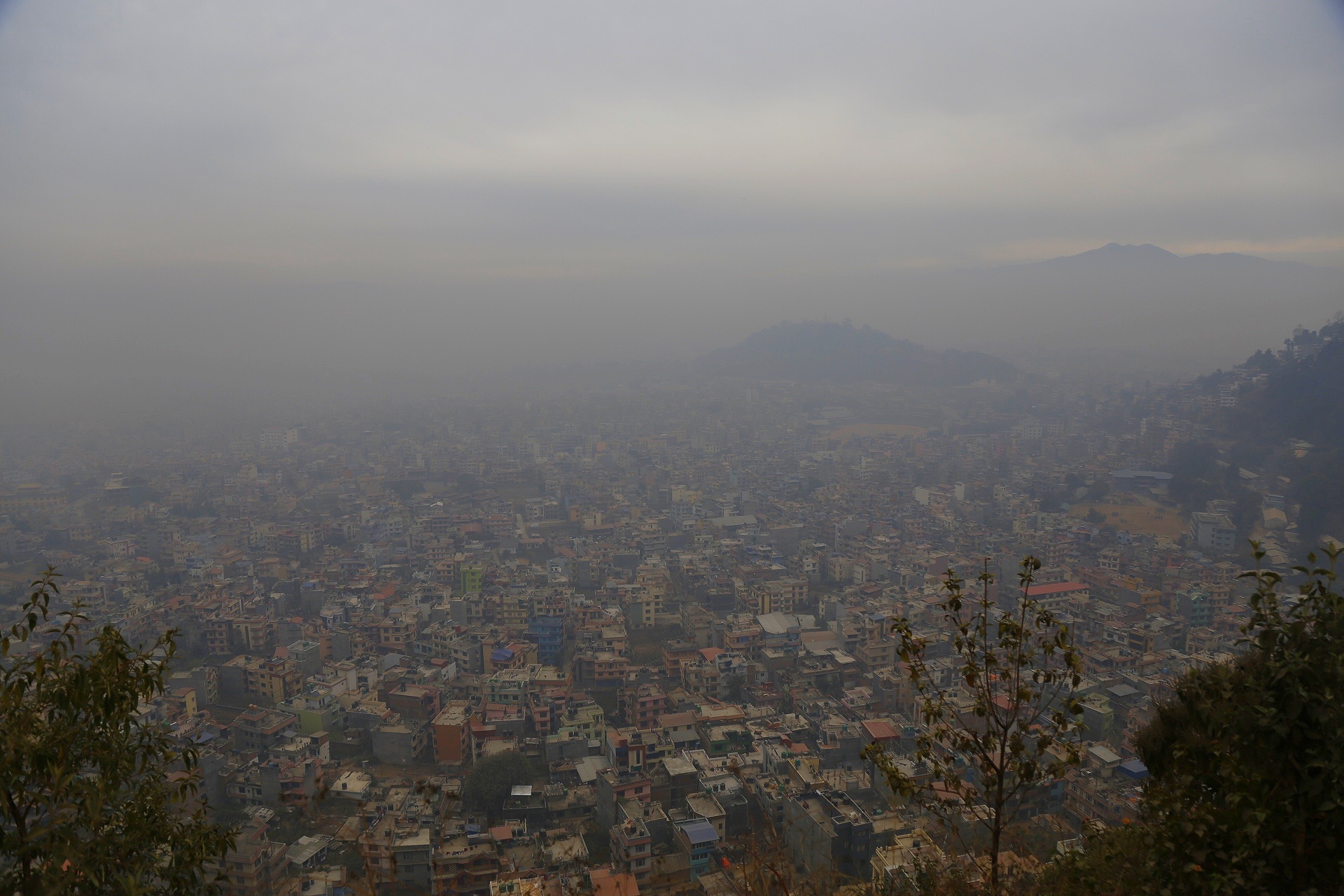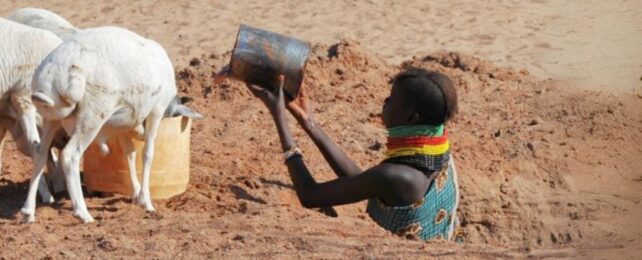Report on Monsoon Flooding in Nepal and its Impact on Sustainable Development Goals
Event Summary and Geographic Impact
Since October 3, 2025, Nepal has experienced severe flooding and landslides triggered by heavy monsoon rainfall. The torrential downpours have caused rivers to overflow their banks, leading to widespread inundation, blocked transportation routes, and the isolation of multiple districts. This event critically undermines progress toward several Sustainable Development Goals (SDGs), particularly those related to poverty, health, infrastructure, and climate action.
Affected Regions
The impact has been recorded across several regions, with significant consequences for local populations and infrastructure.
- Ilam District: Located in eastern Nepal, this is the most severely affected area, with landslides causing at least 37 fatalities.
- Jhapa and Sunsari Districts: These districts report extensive flooding and road blockages. The Koshi River has surpassed danger levels, necessitating the opening of all 56 sluice gates at the Koshi Barrage to mitigate further damage.
- Kathmandu Valley: Swelling of the Bagmati River has inundated settlements along its banks, impacting the nation’s capital.
Humanitarian Status and Emergency Response
Casualties and Containment Status
The situation remains critical as rainfall continues, hampering containment and rescue efforts. As of the latest reports, there have been 47 fatalities, 20 injuries, and five individuals remain missing. The ongoing weather conditions present a significant challenge to disaster response, directly impacting SDG 3 (Good Health and Well-being) by increasing risks to life and health.
Response Measures and Evacuation Orders
The Government of Nepal has initiated a multi-faceted response to the crisis. The Nepalese army and emergency personnel are actively conducting rescue operations in over 28 locations using helicopters and motorboats. In alignment with SDG 11 (Sustainable Cities and Communities), authorities have issued flood and landslide alerts for eastern and central Nepal. Key actions include:
- Issuing immediate evacuation orders for residents near riverbanks and on unstable slopes.
- Establishing emergency shelters for displaced individuals.
- Imposing a temporary three-day ban on vehicular movement in the Kathmandu Valley to ensure safety.
- Managing water levels at the Koshi Barrage to prevent catastrophic downstream flooding.
Implications for Sustainable Development Goals (SDGs)
SDG 11 (Sustainable Cities and Communities) & SDG 13 (Climate Action)
The widespread blockage of highways and disruption of domestic flights underscore the vulnerability of Nepal’s infrastructure to extreme weather events. This disaster highlights the urgent need to build resilient infrastructure as mandated by SDG 11. Furthermore, the intensity of the monsoon rains is consistent with climate change projections, making this a critical issue for SDG 13 (Climate Action) and reinforcing the need for robust climate adaptation and disaster risk reduction strategies.
SDG 3 (Good Health and Well-being) & SDG 6 (Clean Water and Sanitation)
Beyond the immediate casualties, the floods pose long-term health risks. Contamination of water sources threatens SDG 6 (Clean Water and Sanitation) and increases the danger of waterborne diseases. Post-flood conditions, particularly the growth of mold in inundated buildings, present a significant threat to respiratory health, directly challenging the objectives of SDG 3.
Public Health Advisory: Post-Flood Remediation
Guidelines for Preventing Mold Contamination
To mitigate health risks associated with post-flood environments and support SDG 3, residents are advised to take the following precautions for mold prevention:
- Before re-entering a flooded property, confirm it is structurally safe and free of electrical hazards.
- Wear protective gear, including gloves, goggles, and a KN95/FFP2 mask, to prevent exposure to mold spores.
- Remove all standing water immediately using pumps or wet-dry vacuums.
- Promote drying within the first 24-48 hours by opening windows and using fans and dehumidifiers to ensure air circulation.
- Discard all porous materials that cannot be thoroughly cleaned and dried, such as carpets, mattresses, and upholstered furniture.
- Clean all hard surfaces with a suitable mold remediation detergent. A solution of 1.5 cups of bleach per gallon of water can be used to disinfect nonporous surfaces. Never mix bleach with ammonia.
- Maintain indoor relative humidity between 35-50% to inhibit future mold growth.
- Consider using a high-performance air purifier designed for mold during and after cleanup operations.
- For extensive damage, engage professional mold remediation services to ensure safe and effective restoration.
SDGs Addressed in the Article
-
SDG 3: Good Health and Well-being
The article directly addresses health impacts by reporting casualties (“At least 47 people have been killed, with five missing and 20 injured”). It also provides extensive public health advice on how to prevent mold after a flood, which can cause significant health risks. This focuses on safeguarding well-being in the aftermath of a disaster.
-
SDG 11: Sustainable Cities and Communities
The core of the article revolves around the impact of flooding on human settlements. It details how cities and districts like Ilam, Jhapa, Sunsari, and Kathmandu are affected, with inundated settlements, blocked highways, and disrupted infrastructure. The response, including evacuation orders, emergency shelters, and rescue operations, directly relates to making communities resilient to disasters.
-
SDG 13: Climate Action
The flooding is attributed to “days of heavy monsoon rain,” a climate-related phenomenon. The entire event highlights the vulnerability of the region to extreme weather events and natural disasters. The government’s response and the need for preparedness are central to strengthening resilience and adaptive capacity to climate-related hazards, which is the essence of SDG 13.
Specific SDG Targets Identified
-
Under SDG 3: Good Health and Well-being
- Target 3.d: Strengthen the capacity of all countries, in particular developing countries, for early warning, risk reduction and management of national and global health risks. The detailed section “How can I protect myself from mold after flooding?” is a clear example of communicating information to manage health risks associated with a natural disaster.
-
Under SDG 11: Sustainable Cities and Communities
- Target 11.5: By 2030, significantly reduce the number of deaths and the number of people affected and substantially decrease the direct economic losses relative to global gross domestic product caused by disasters, including water-related disasters, with a focus on protecting the poor and people in vulnerable situations. The article explicitly quantifies the number of deaths (47), missing (5), and injured (20), and describes the affected population as “hundreds stranded” and residents living near riverbanks who need to be evacuated.
-
Under SDG 13: Climate Action
- Target 13.1: Strengthen resilience and adaptive capacity to climate-related hazards and natural disasters in all countries. The article describes a nation’s response to a climate-related disaster, including issuing alerts, conducting rescue operations by the army and emergency personnel, managing infrastructure like the Koshi Barrage, and establishing emergency shelters. These actions are direct measures of resilience and adaptive capacity.
Indicators for Measuring Progress
-
Implied by Target 11.5
- Indicator 11.5.1: Number of deaths, missing persons and directly affected persons attributed to disasters per 100,000 population. The article provides the direct numbers needed for this indicator: “At least 47 people have been killed, with five missing and 20 injured.” It also mentions “hundreds stranded” and residents being evacuated, who count as directly affected persons.
-
Implied by Target 13.1
- Indicator 13.1.1: Number of deaths, missing persons and directly affected persons attributed to disasters per 100,000 population. This indicator is shared with Target 11.5, and the article provides the raw data for it.
- Indicator 13.1.2: Number of countries that have adopted and implemented national disaster risk reduction strategies. The coordinated response described in the article—involving the army, emergency personnel, government authorities issuing alerts, and managing infrastructure—implies the existence and implementation of a national disaster risk reduction strategy.
-
Implied by Target 3.d
- Indicator 3.d.1: International Health Regulations (IHR) capacity and health emergency preparedness. The provision of specific, actionable public health advice on mold prevention demonstrates a capacity for risk communication and health emergency preparedness following a disaster.
Summary Table of SDGs, Targets, and Indicators
| SDGs | Targets | Indicators |
|---|---|---|
| SDG 3: Good Health and Well-being | 3.d: Strengthen capacity for early warning, risk reduction and management of national and global health risks. | 3.d.1 (Implied): The provision of public health advice on mold prevention indicates capacity for health emergency preparedness and risk communication. |
| SDG 11: Sustainable Cities and Communities | 11.5: Significantly reduce the number of deaths and people affected by disasters. | 11.5.1 (Mentioned): The article provides raw data for this indicator by stating the number of people killed (47), missing (5), and injured (20). |
| SDG 13: Climate Action | 13.1: Strengthen resilience and adaptive capacity to climate-related hazards and natural disasters. | 13.1.2 (Implied): The coordinated government response (rescue operations, alerts, evacuation orders) suggests the implementation of a national disaster risk reduction strategy. |
Source: iqair.com







